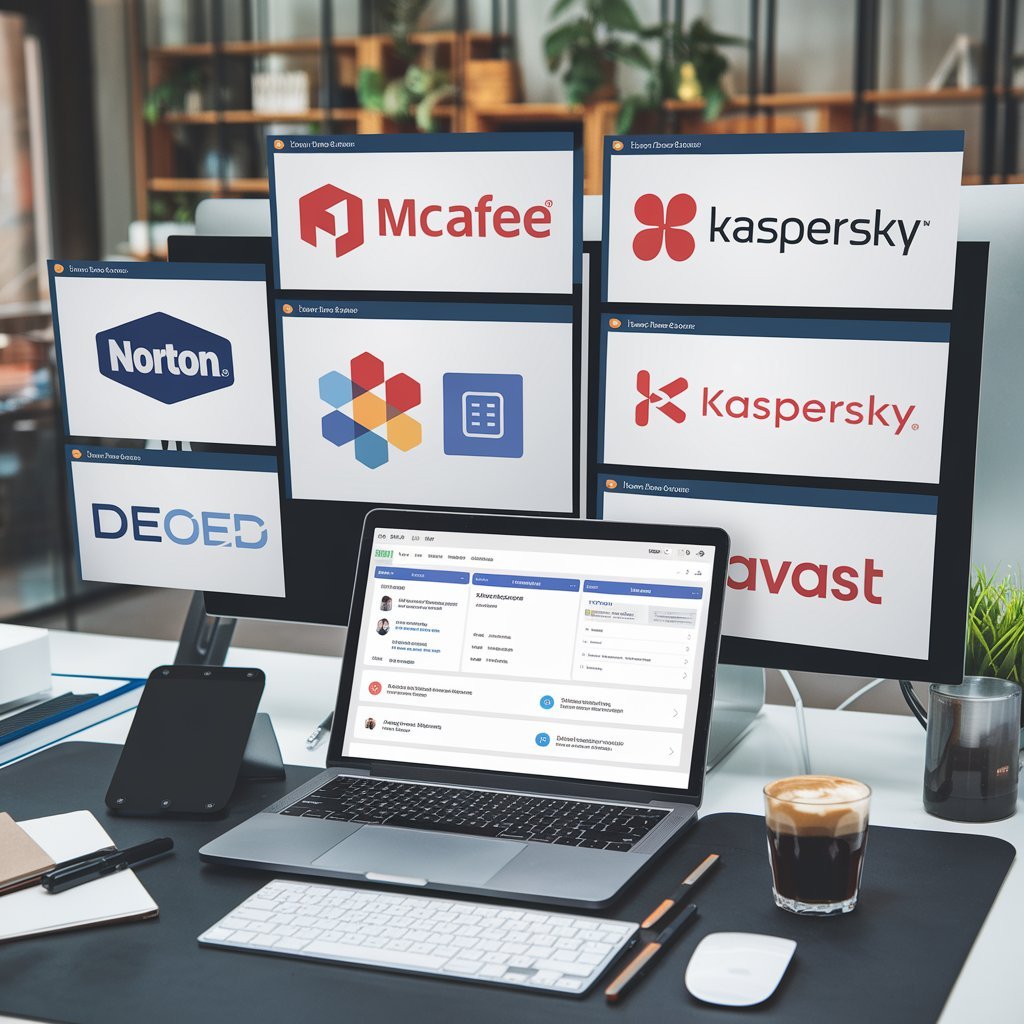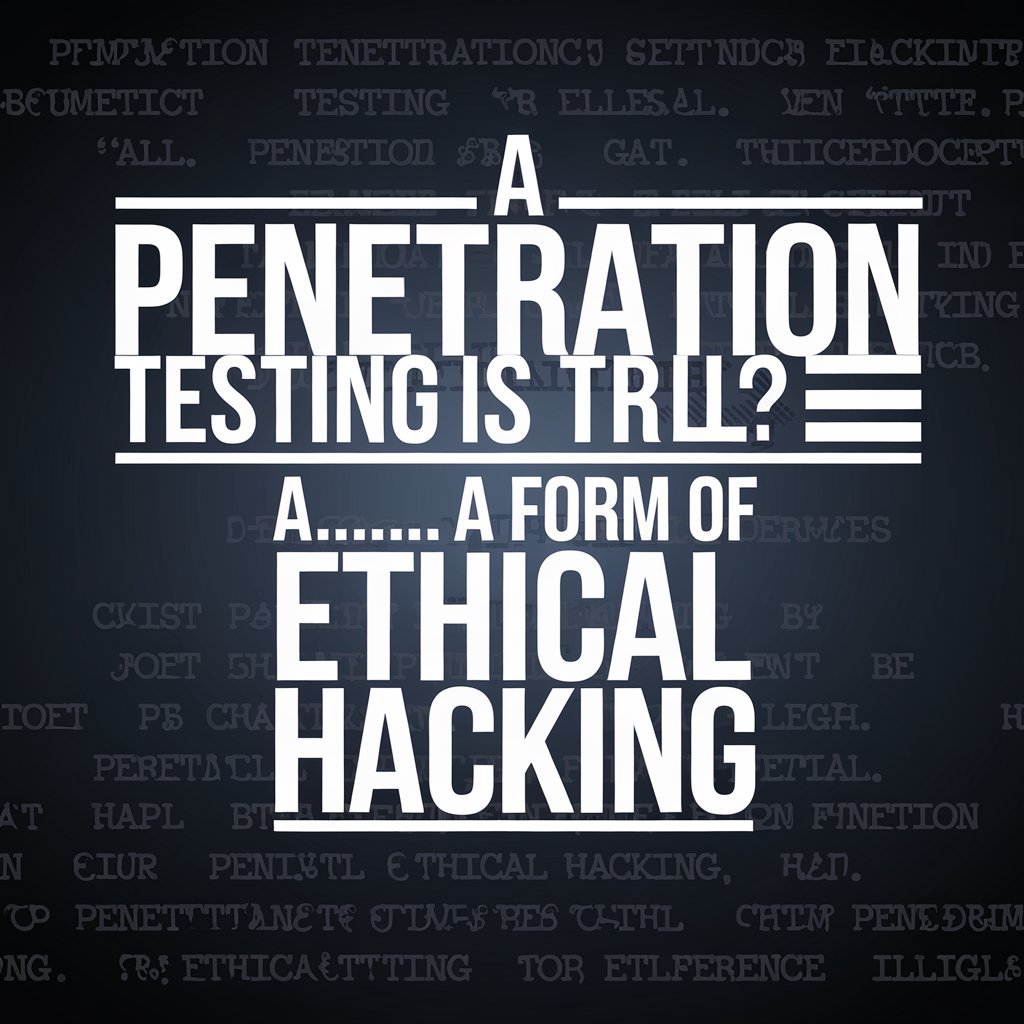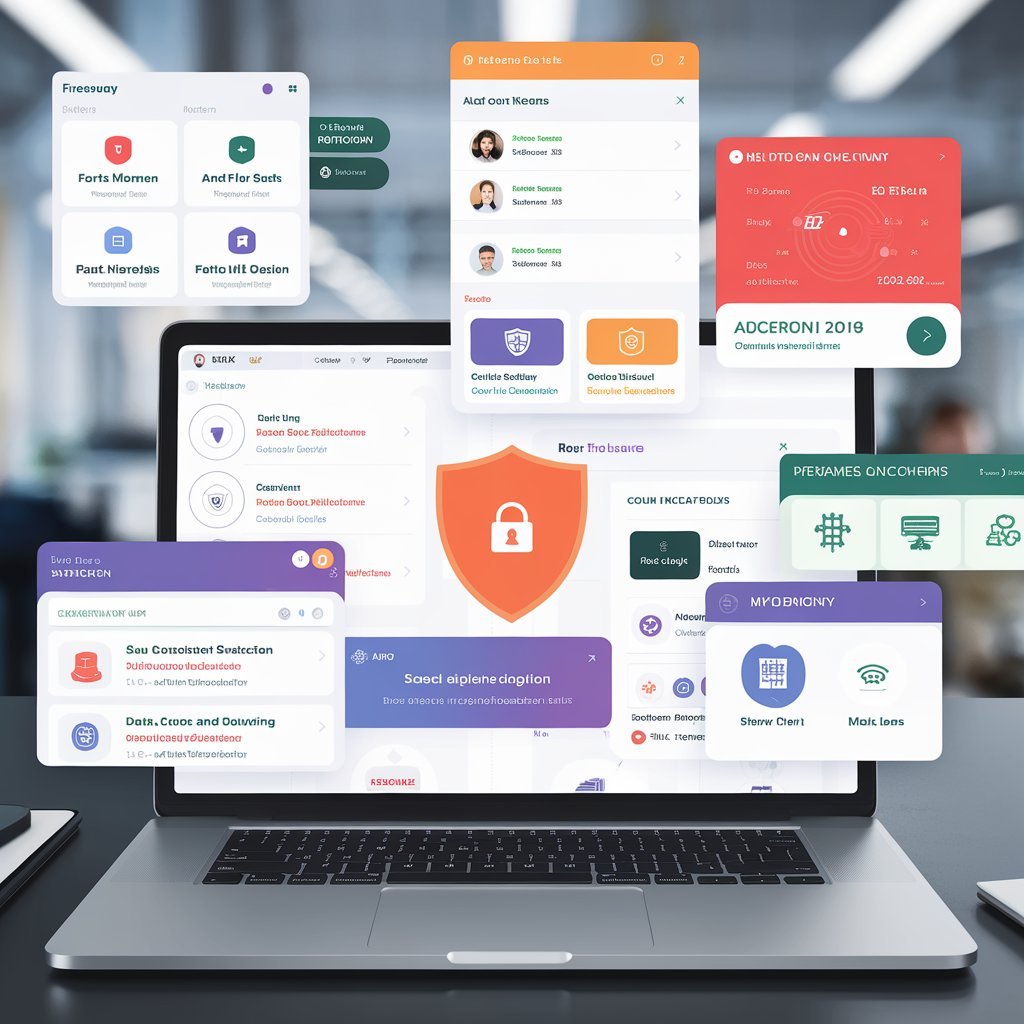Introduction
Welcome to our deep dive into cybersecurity software—a must-read guide for anyone interested in protecting their digital assets. In today’s world, advanced cyber security tools, including free and open source options, are essential for robust network security and effective penetration testing. Whether you’re exploring ethical hacking methods or seeking comprehensive cybersecurity solutions for small businesses, this article covers everything from Aircrack-ng and Burp Suite to modern VPNs and SIEM systems. Drawing on over a decade of hands-on cybersecurity experience, I offer trusted insights and actionable advice to help you stay ahead of evolving cyber threats securely.

Cybersecurity Software
Cybersecurity software is the backbone of modern digital defense, offering a range of cybersecurity tools designed for protection, monitoring, and incident response. These tools—including free cybersecurity tools for penetration testing and ethical hacking—help secure networks, endpoints, and cloud environments. They work by identifying vulnerabilities, detecting threats, and responding to attacks, making them essential cyber security solutions for businesses and individuals alike. As a certified cybersecurity professional with real-world expertise, I emphasize the importance of understanding key components like firewalls, VPNs, SIEM, and continuous patch management. This foundational knowledge sets the stage for exploring advanced topics and ensuring your overall cyber defense remains strong and effective.
Detailed Comparison of Cybersecurity Tools
When selecting cyber security tools, it’s vital to compare options that serve different functions. Our comprehensive guide to cybersecurity tools covers both free and commercial cybersecurity software—from free open source cybersecurity tools for penetration testing to premium cyber security solutions. For example, tools like Aircrack-ng, Burp Suite, and Kali Linux are popular for ethical hacking and vulnerability analysis. Other tools, such as Metasploit Framework, Nmap, and Nikto, help with web application vulnerability assessment and threat modeling. Additionally, advanced solutions like SIEM and XDR integrate with endpoint protection, offering robust network security tools for both small businesses and enterprises. Leveraging years of industry research, I provide you with an authoritative comparison that you can trust.
Penetration Testing and Ethical Hacking Explained
Penetration testing is a core element of cybersecurity software that helps uncover vulnerabilities before attackers do. This process, often described as ethical hacking, involves using a range of cybersecurity tools—from free open source cybersecurity tools for penetration testing like Nmap, Nikto, and Metasploit Framework to commercial solutions such as Burp Suite Pro—to simulate attacks. A step-by-step guide to penetration testing covers phases like intelligence gathering, threat modeling, and exploitation. Based on my extensive ethical hacking experience and certifications, I explain these processes in clear, practical terms. These best practices not only improve overall cyber risk management but also build resilience for both small businesses and enterprises.

Beyond the Basics: Integration and Ecosystem Management
Integrating diverse cybersecurity tools is essential for building a robust defense system. Cybersecurity software solutions, whether free or commercial, work best when seamlessly integrated into an interconnected ecosystem. By combining open source cybersecurity tools like Nmap, Nikto, and Metasploit Framework with advanced solutions such as SIEM and XDR, organizations can improve endpoint protection and overall network security. A unified approach enables real-time threat detection, streamlined incident response, and efficient vulnerability management. Drawing on my professional expertise, I recommend best practices for interoperability that enhance cyber risk management and future-proof your digital defense strategy.
Securing Cloud, Hybrid, and Remote Environments
In today’s digital world, securing cloud, hybrid, and remote environments is crucial for any cybersecurity strategy. Cybersecurity software and tools like VPNs and firewalls play an essential role in protecting data when employees work from home or on the go. Effective cloud security tools ensure that your cyber assets remain safe, whether on public cloud platforms or in hybrid systems. By integrating cybersecurity solutions with endpoint protection and continuous patch management, businesses can mitigate risks from remote work vulnerabilities. With years of real-world experience securing diverse environments, I stress the importance of comprehensive protection for both enterprises and SMBs.
Emerging Technologies and Future Trends
Emerging technologies are reshaping cybersecurity software and defense strategies. Artificial intelligence and machine learning are now key components in advanced cybersecurity tools, boosting threat intelligence and enabling real-time incident response. Innovations like quantum-resistant encryption are setting the stage for the future of cyber risk management. Modern solutions—integrating free open source cybersecurity tools and commercial options—are evolving to address sophisticated attacks. Based on my ongoing research and industry insights, I offer forward-thinking perspectives on how next-generation cybersecurity solutions will continue to transform network security.
Best Practices for Maintenance and Updates
Keeping your cybersecurity software up to date is essential for protecting your cyber assets. Regular software updates and patch management help close vulnerabilities before attackers can exploit them. By using free cybersecurity tools for penetration testing and vulnerability assessment, such as Nmap and Nikto, you can identify outdated systems that need improvement. Continuous monitoring and logging, supported by advanced SIEM and XDR solutions, further strengthen your network security. Drawing on proven industry best practices, I emphasize that secure password management, regular backups, and proactive updates are key to a resilient defense strategy.
Measuring Success – ROI and Performance Metrics
Understanding the ROI of your cybersecurity software is crucial for effective cyber risk management. Regular cost-benefit analysis helps you gauge the value of your cybersecurity tools—from free open source options to advanced SIEM and XDR systems. By monitoring key performance indicators, such as incident response times, vulnerability reduction, and overall network security improvements, you can ensure your investments yield measurable benefits. With my data-driven approach and years of experience, I help you track the metrics that matter most to optimize your cyber defense strategy.

Cybersecurity Software Customization and Scalability
Your cybersecurity strategy must adapt as your business evolves. Customizing cybersecurity software and tools is essential for addressing unique risks and ensuring robust network security. Whether you use free cybersecurity tools for penetration testing or advanced commercial solutions like SIEM and XDR, the ability to scale these defenses is critical. Tailor your setup to avoid vendor lock-in and integrate diverse tools that support both small businesses and large enterprises. Leveraging my expertise, I provide practical advice on creating scalable, flexible cybersecurity solutions that grow with your organization.
The Human Element – Training and Cybersecurity Culture
Building a robust cybersecurity strategy isn’t just about technology—it’s also about people. Effective training and fostering a strong cybersecurity culture empower employees to use cybersecurity software confidently. Whether you’re leveraging free cybersecurity tools for penetration testing or advanced solutions like SIEM and XDR, continuous education on best practices—such as complex password management, regular software updates, and ethical hacking—is crucial. My years of hands-on experience in cybersecurity training reinforce the importance of a vigilant, well-informed team in reducing vulnerabilities and strengthening network security.
Navigating the Cybersecurity Vendor Landscape
Choosing the right cybersecurity vendor is key to a solid cyber defense strategy. With numerous cybersecurity software options available—from free cybersecurity tools for penetration testing to advanced commercial solutions—it’s essential to compare features, pricing, and support. Read cybersecurity software reviews, and consider both network security tools and ethical hacking capabilities. Based on my extensive industry knowledge, I recommend selecting vendors that offer scalable solutions, effective SIEM integration, and continuous patch management to protect your digital assets.
Supplementary Resources and Further Learning
To stay ahead in cybersecurity, continuous learning is key. Explore additional resources like cybersecurity software reviews, online courses, and webinars on ethical hacking and penetration testing. Many free cybersecurity tools for vulnerability assessment and network security come with extensive documentation and community support. With my commitment to lifelong learning and professional development, I encourage you to pursue certifications and join industry forums to deepen your knowledge.
Conclusion
In conclusion, this deep dive has covered everything from cybersecurity software fundamentals to advanced cybersecurity tools like Aircrack-ng, Burp Suite, and Kali Linux. We explored ethical hacking, penetration testing, and integrated solutions like SIEM and XDR for robust endpoint protection and network security. Drawing on my comprehensive expertise and years of real-world experience, I offer authoritative guidance to help you safeguard your digital assets. Remember, continuous learning and proactive vendor evaluation are essential to staying ahead of evolving cyber threats.


